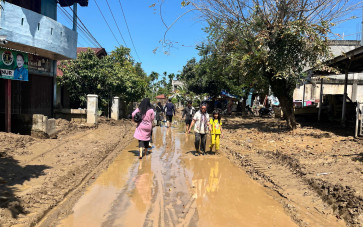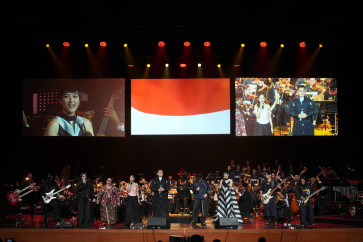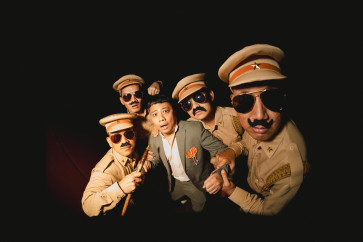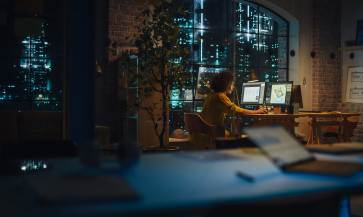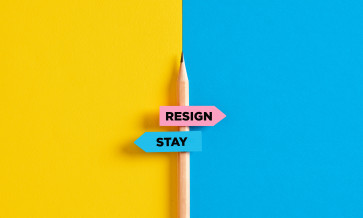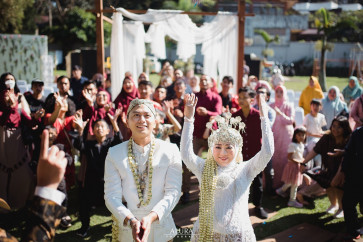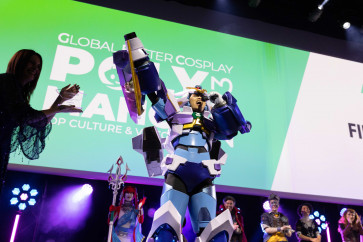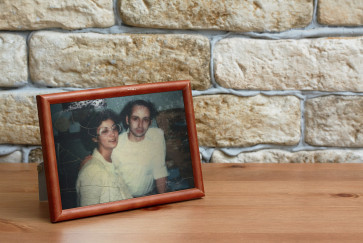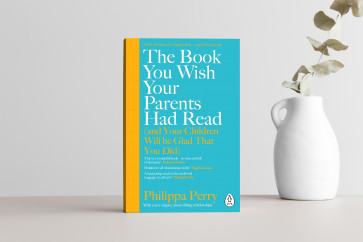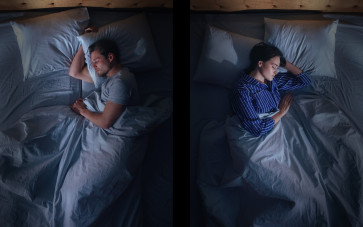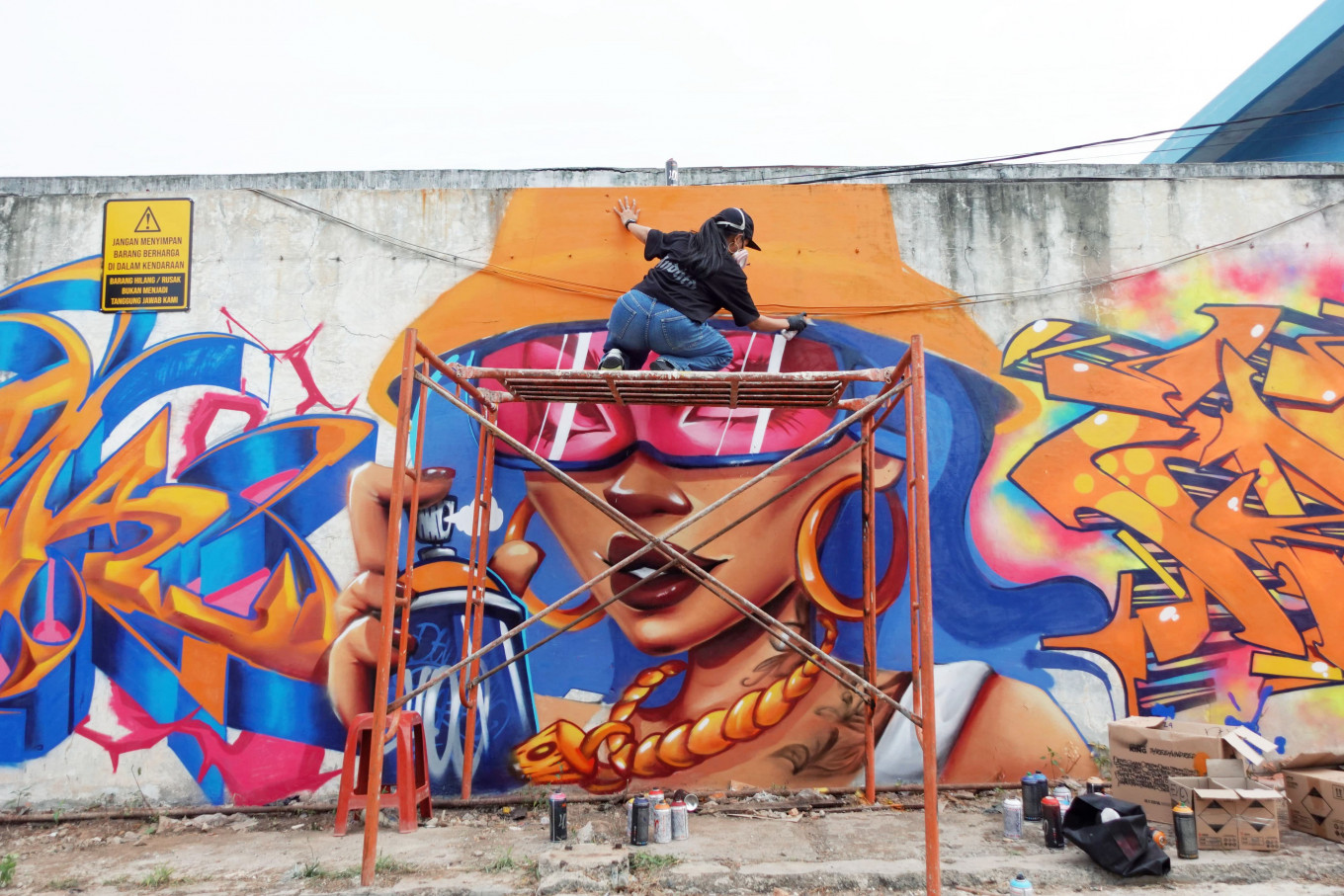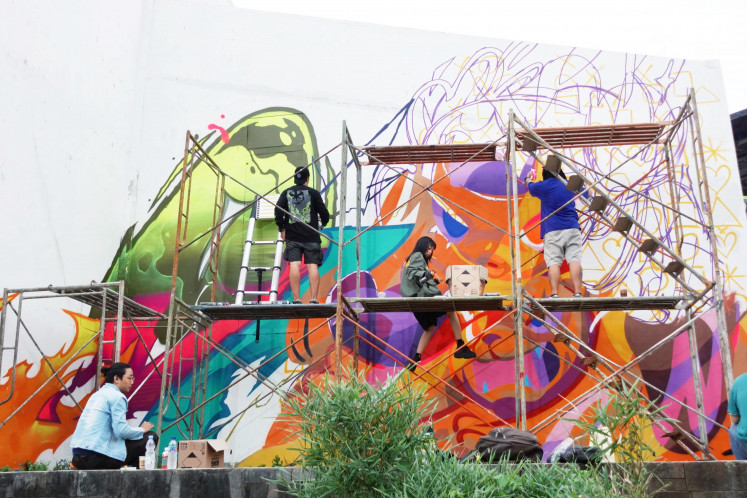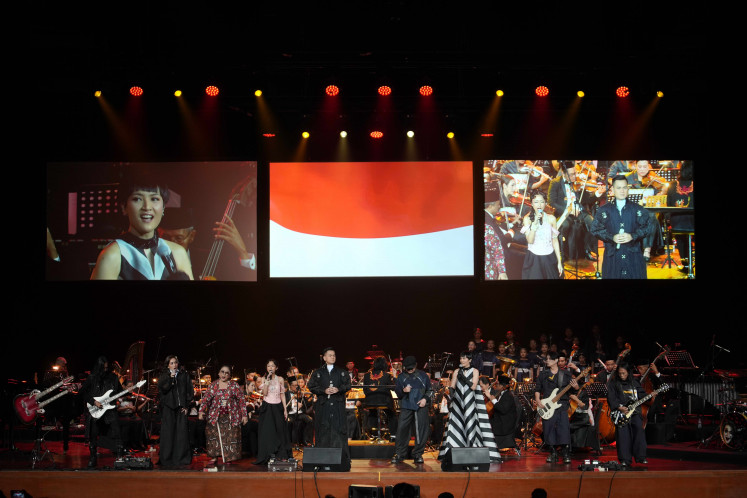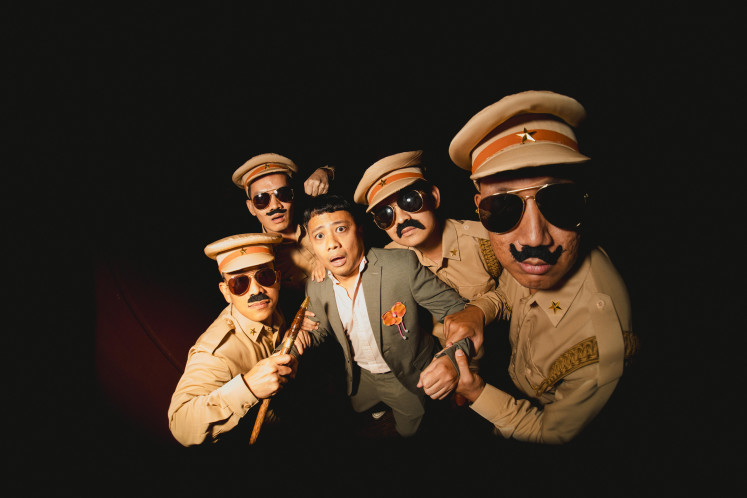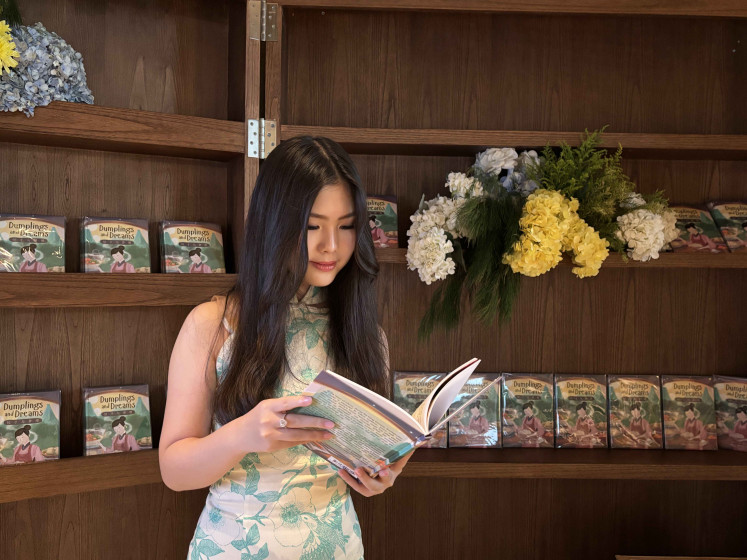Courtesy of Nico Harida
On the side of a metal fence along a street in Jakarta, a familiar circular monster is boldly painted in black and white, its dominating jagged teeth stark against the gritty urban backdrop.
This creature is the central character to prominent Indonesian street artist Darbotz's artistic narrative. To survive in Jakarta’s cut-throat environment, he says, you need to become a "monster".
Graffiti, the medium Darbotz uses for his artistic expression, is an art form rooted in defiance and adaptation. The oldest forms of art—etchings on cave walls—evolved over time into murals and frescoes on walls. Today, we have graffiti.
But before it became a global phenomenon, inspiring even Balenciaga bags and Gucci advertisements, graffiti was frowned upon, often dismissed as plain and simple vandalism.
“Actually, if we go back to its original definition, graffiti is vandalism. But in the sense of the development of an era [...] graffiti around the world has become an aspect of contemporary art, urban art,” says graffiti artist Ricky Yanuardi, also known as FINÉ in the community.
The art form, however, faces new evolutionary challenges in Jakarta, where street artists are faced with more risks and fewer available canvases.
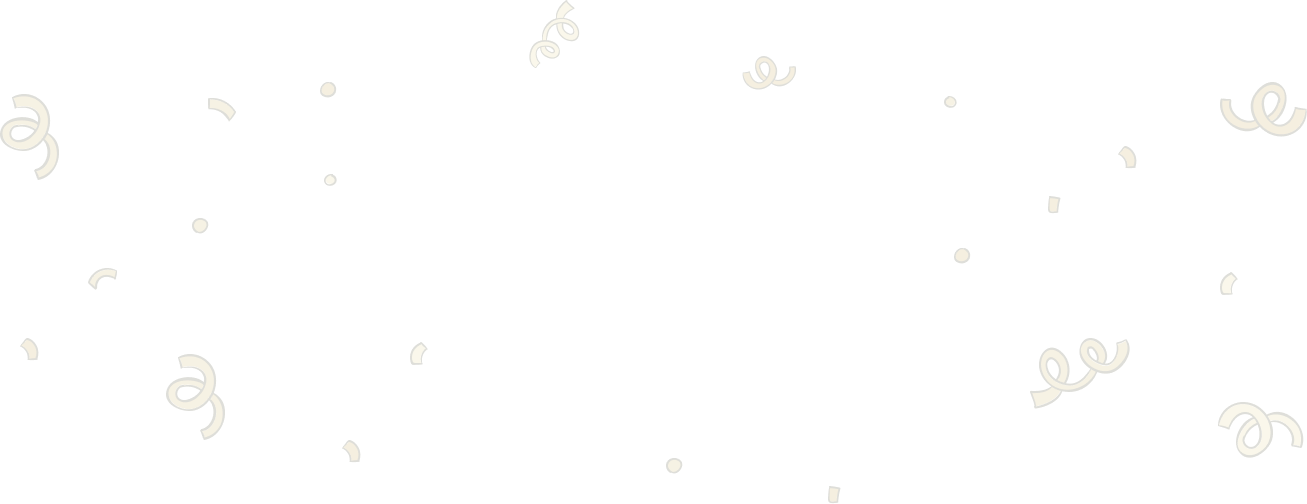
Thank you!
For signing up to our newsletter.
Please check your email for your newsletter subscription.
Jakarta’s street art scene
When today’s most prominent street artists began over two decades ago, the walls in Jakarta’s central and south sides—including Cipete, Panglima Polim, Pondok Indah and Manggarai—were their playground.
Other well-known graffiti hubs include Bintaro, Dukuh Atas and Taman Ismail Marzuki, all of which are adorned with vibrant colors that brighten the cityscape.
Darbotz says he’s a product of his generation in the early 2000s, when the act of tagging, a precursor to graffiti, was the culture in most local public schools.
“Graffiti is basically an expression of ego because it usually bears the name of the person who made it, their nickname. That's why graffiti is actually like advertising, but through vandalism. It's about putting your name everywhere until people know that it’s your mark,” Darbotz says.
Courtesy of Nico Harida
However, Darbotz emphasizes that his goal is not just to be recognized. Like most artists, his works are a medium for self-expression.
By the early aughts, Darbotz, Ricky and Tutu Graff were becoming household names with works all over the city’s walls.
Tutu—now one of the city’s most famous graffiti artists—pivoted to street art after several stints of being chained to a desk in advertising. With each spray of the can, he was able to let go of all the stresses of his day job, finding relaxation in the process and joy from interacting with people on the street.
“I need to meet people. I need to be on the street. I like doing graffiti because I have more interactions. I get to meet people and chat with friends and neighbors,” he says.
His very first graffiti, he recalls, was in Pondok Indah in South Jakarta. “I lived in the south, so it was in Pondok Indah, [in the] Pinang area and in Kemang.”
Read also: Blok M's Viral Bites: to wait or not to wait?
Navigating the streets
For Tutu, staying close to home, or at least within the borders of South Jakarta, is a must in order to navigate the risks of being caught in the act, whether by regular residents, law enforcement or local thugs.
Each area comes with its own set of characteristics and attitudes toward graffiti art.
Before he starts working on a wall, Tutu usually stakes out a place for a week or two. He keeps a detailed schedule of police patrols and the perfect times to avoid encountering preman (local gangsters). He also takes note of the number of people walking by throughout the day.
“There is a period of observation. We have to know the characteristics of the community. If, for example, I get caught, what will happen? Would I be beaten up, taken to the police station or burned?” he says, explaining the careful planning that goes into his art form.
“Those are the deals we make with schedules, with time. Because there are police passing by, or people who would scream or whatever. For the artists, graffiti is raw because we have been trained for decades to make straight lines under tight deadlines.”
Read also: Jordan Susanto is searching his soulBut the city is changing, and along with it, the art that adorns its streets. In today’s Jakarta, with more people on the streets, it is becoming increasingly difficult to quietly create graffiti, even with a well-planned schedule.
“This is the development of Jakarta itself. It's different,” Tutu says. “For example, in Kemang, there was a famous wall that we could draw on anytime. But now, suddenly there are thugs. If we come, we are sprayed blind and pressed for money.”
This is why new graffiti artists are more inclined to find canvases in the suburbs, where the walls are still empty and foot traffic is lighter. Ricky adds that artists now crave a less hectic area with greener surroundings, instead of the concrete jungle of Jakarta.
This signals the possible end of an era for Jakarta graffiti artists. However, the legacy of graffiti’s heyday in the former capital remains strong.
“Graffiti or urban art is also a benchmark of a city's progress. Big, advanced cities in the world appreciate their urban art. So, if we talk in terms of the creative economy, Jakarta and Indonesia are very developed,” Ricky says.




